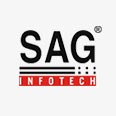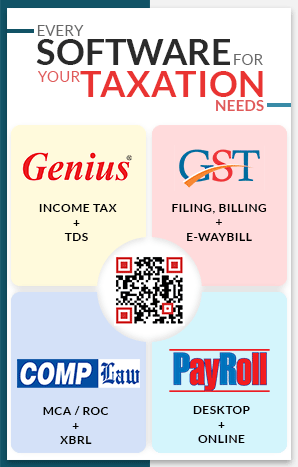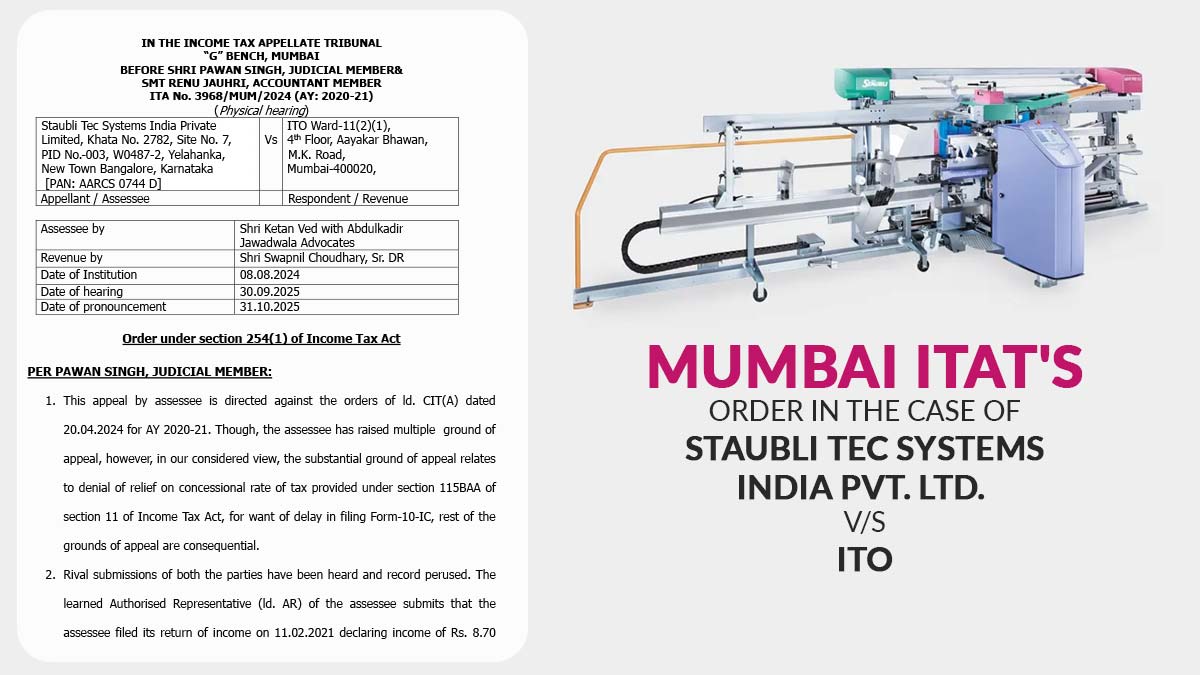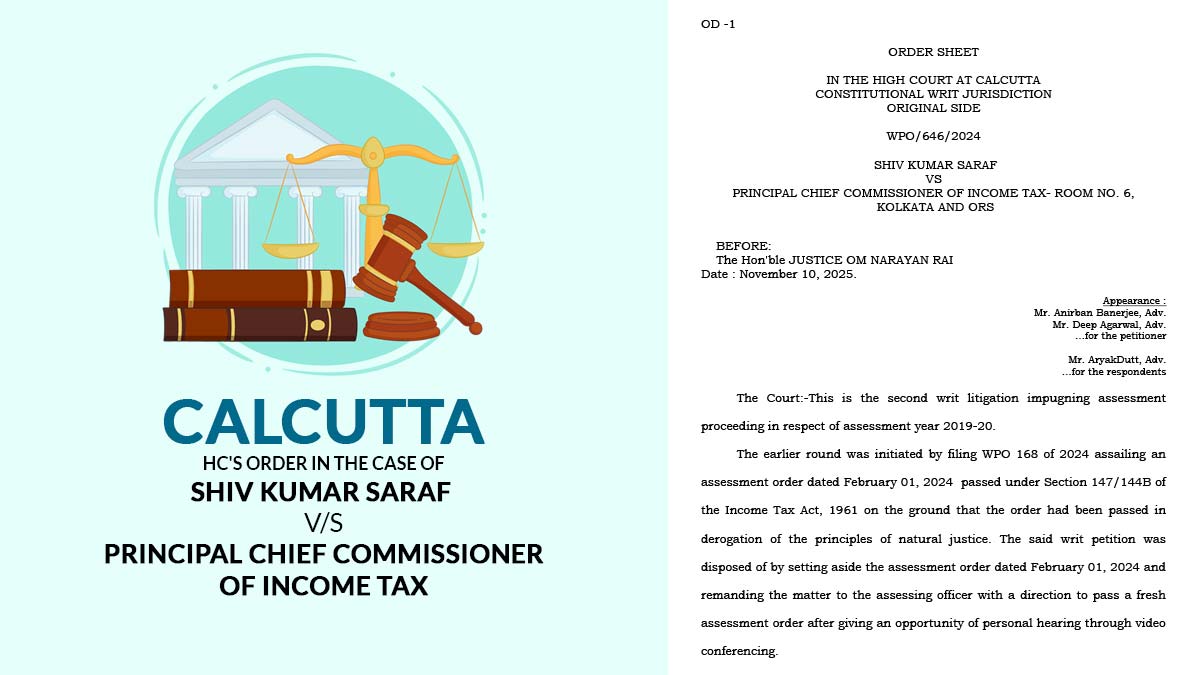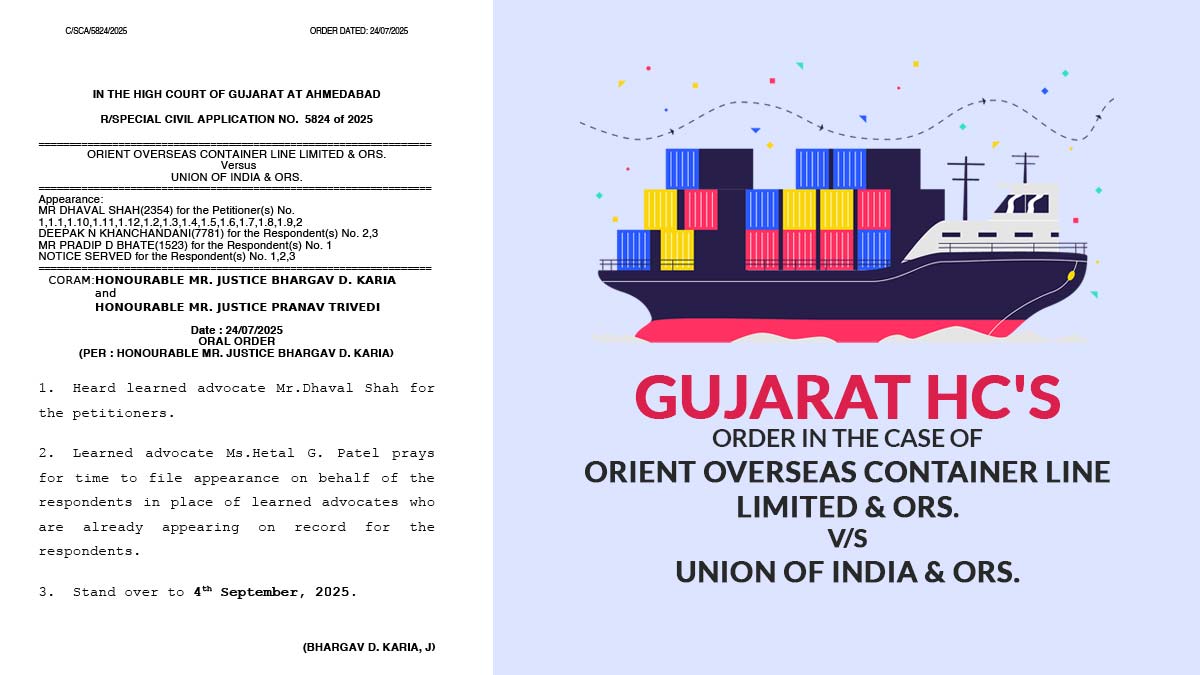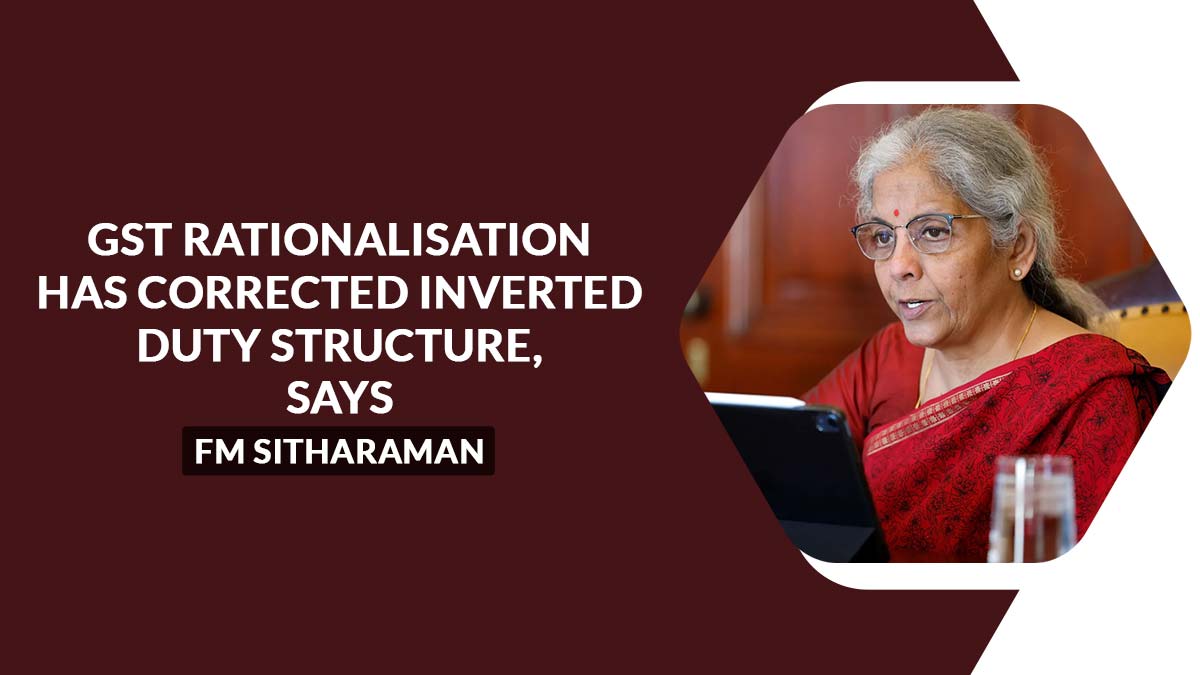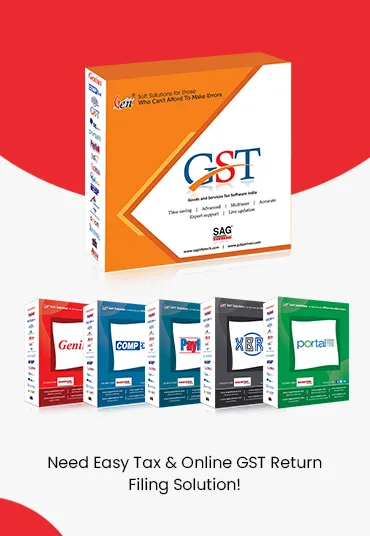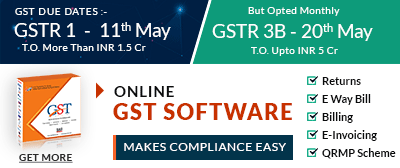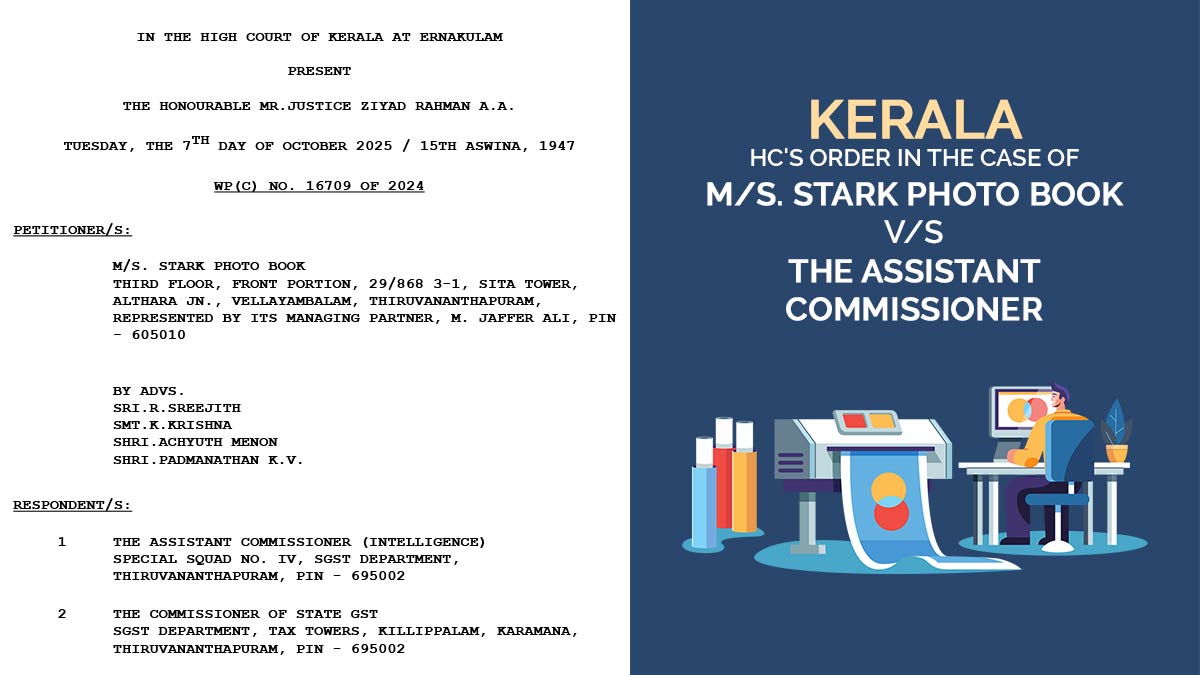
There is an 18% GST and not 12% on the printing of digital images/letters on paper, which constitutes services, the Kerala High Court ruled.
The question to bench was to determine whether the printing activities of the taxpayer, i.e, converting the figures, letters, photographs, etc., in a digital form, into a physical format by printing it on paper, were charged to GST at 12% or 18%.
Justice Ziyad Rahman A.A. analyses both HSN Code 4911 and SCN 998386 and noted that HSN Code 4911 directs to the supply of goods in the form of printed materials, whereas the SCN 998386 directs to the photographic and videographic processing services, where the printing of images from film or digital media is particularly included therein.
The firm of the applicants in this case is a partnership firm running an offset printing press involved in the printing and sales of brochures, books, magazines, posters, leaflets, photo books, notices, etc.
One of the major activities of the taxpayer is printing photographs through offset printing on the paper, which deviates from the conventional method of printing photographs on the paper, especially manufactured for the said purpose, and affixing the same on the album, and hence, their supply needs to be treated as of supply of goods.
Read Also: New List of GST Rates & HSN Codes on All Stationery Items
Taxpayer, the end products are the books, newspapers, magazines, brochures, notices, pictures, menu cards, wedding cards, posters, visiting cards, photos, etc., which are supplied by them as per the content provided by the consumer. As per them, it comes within HSN Code 4911, which is imposed to tax at 12%.
The tax authorities, the taxpayer’s activity shall come under the Code SAC 998386, which deals with photographic and videographic processing services and draws tax at an 18% rate.
The tax authorities determined that the activity of the taxpayer falls under Code SAC 998386, which deals with photographic and videographic processing services, attracting a tax rate of 18%.
The bench said that the taxpayer’s main activities are to print the photographs, which are supplied to the applicants by their respective customers in a digital form using the medium of CD, Pen drive, or HDD, etc. The applicant shall print the said photographs using the paper and ink supplied by the applicant and via the printing machines owned by the applicant. Post these printings, the final product shall be provided to the applicant’s customers. From the type of activity, it could be seen that it comprises the supply of goods along with the supply of services.
Recommended: CBIC Notifies 18% GST on School Bags, Pens, Printed Books, and More
The bench also said that the supply of the ink and paper used for these printings, whereas the supply of services concerning the activity of printing of those matters, which are supplied to them via the customers in digital format. As both the cited components, viz, transfer of goods and supply of services, are in the transaction, it is a composite supply, as specified u/s 2(30) of the CGST Act.
From the contention of the taxpayer, the bench does not agree that there are no negatives, and printing is done from the digital format, using a computer.
The word digital media shows a process where no negatives are required, and hence it leads to the conclusion that SCN 998386 takes in the service of digital printing, whether it is via offset printing machinery or other machines, the bench stated.
As per the bench, the taxpayer’s activities shall be directed to the composite supply where the predominant element shall be the supply of services. The type of services, when considered it does come within SCN 998386, which is meant for printing, photographic, and videographic processing services.
The bench in the above-said view has dismissed the petition.
| Case Title | M/S. Stark Photo Book vs. The Assistant Commissioner |
| Case No. | WP(C) NO. 16709 OF 2024 |
| For Petitioner | R. Sreejith, K. Krishna, Achyuth Menon and Padmanathan K.V. |
| Kerala High Court | Read Order |
